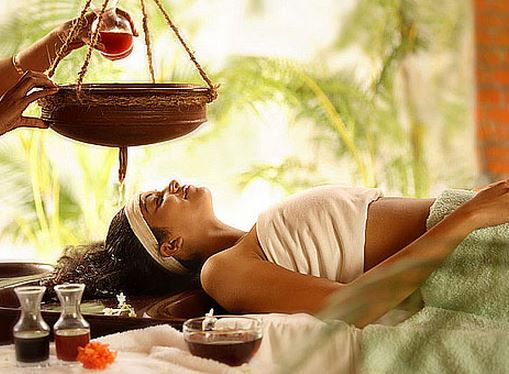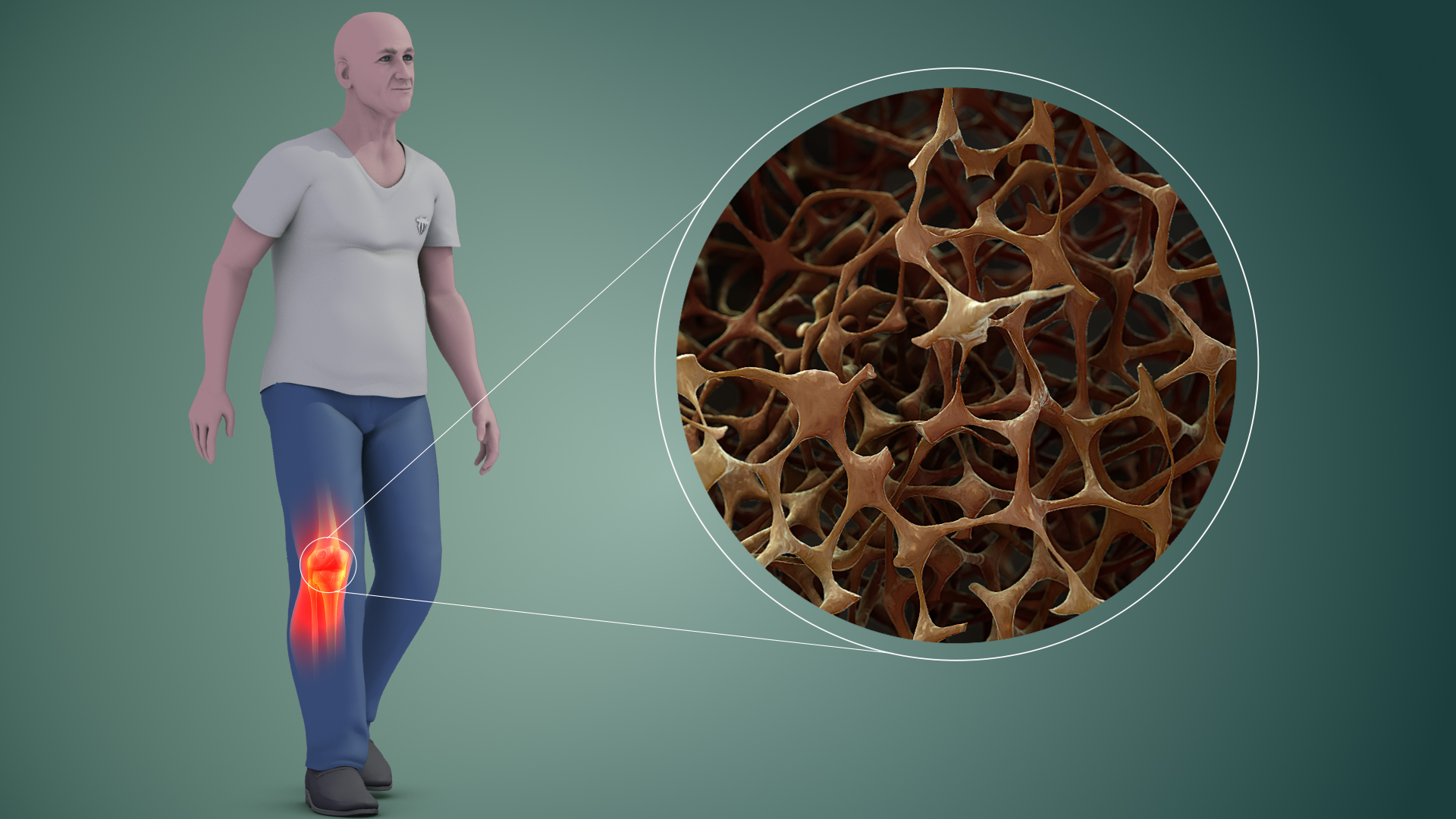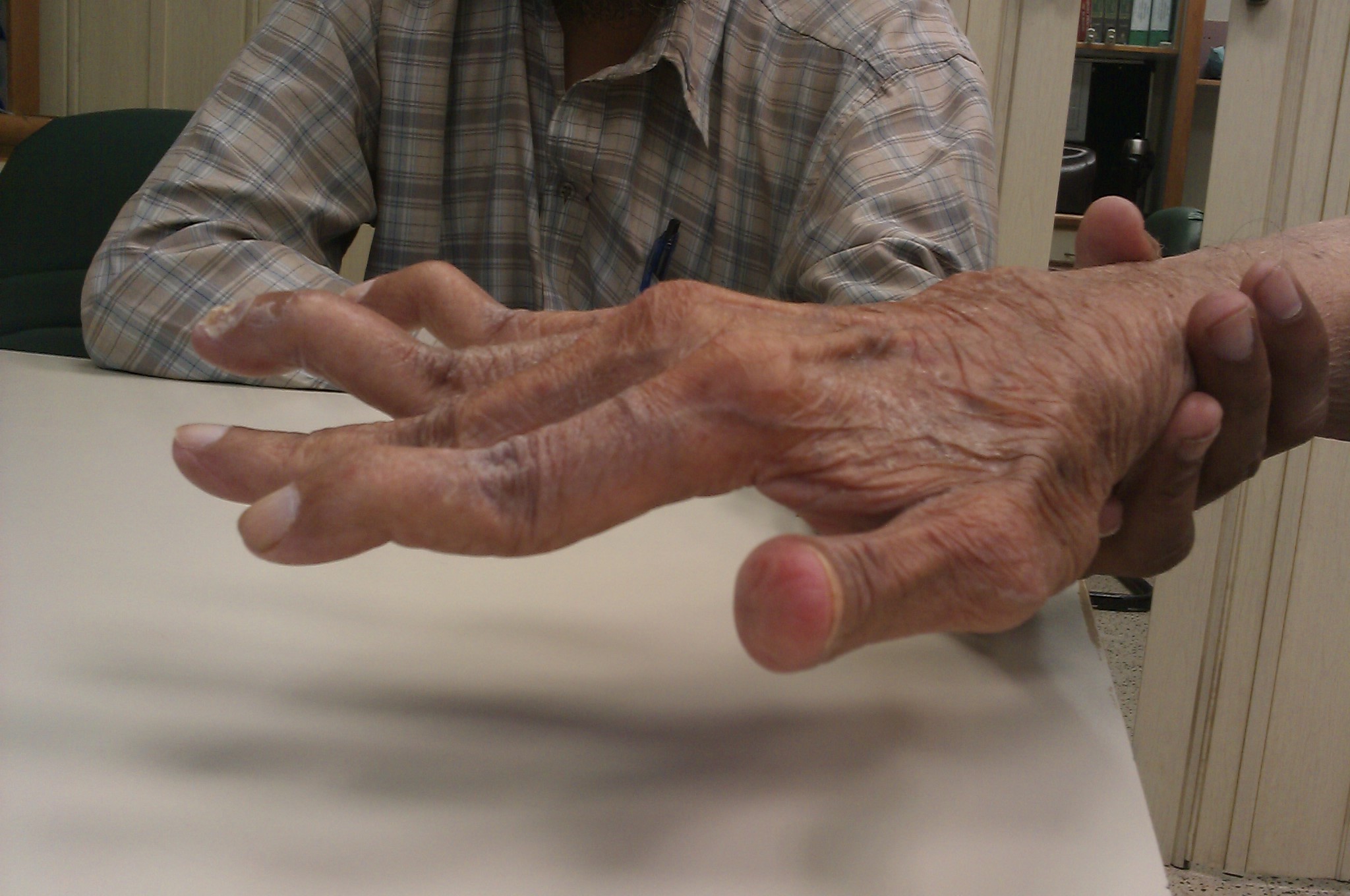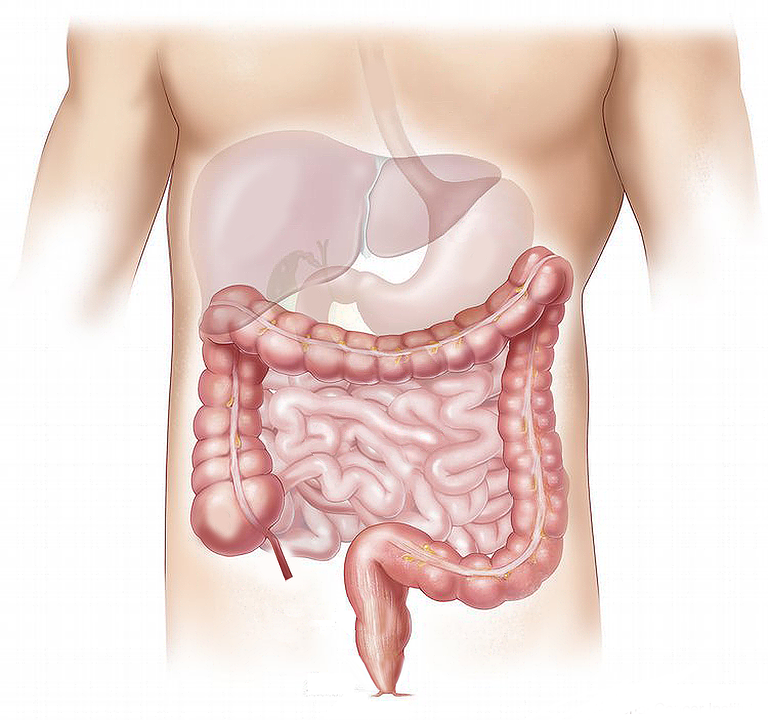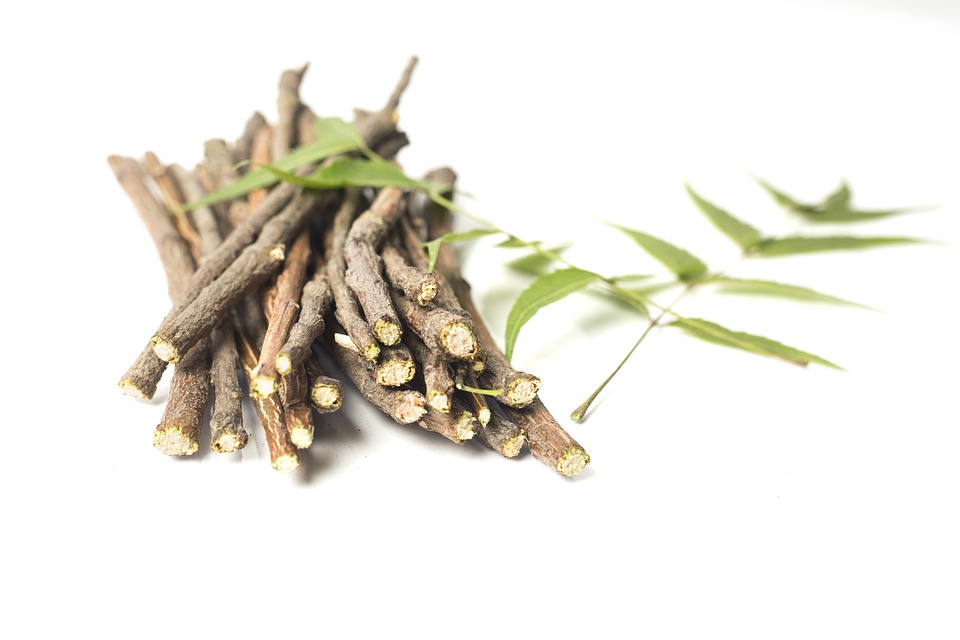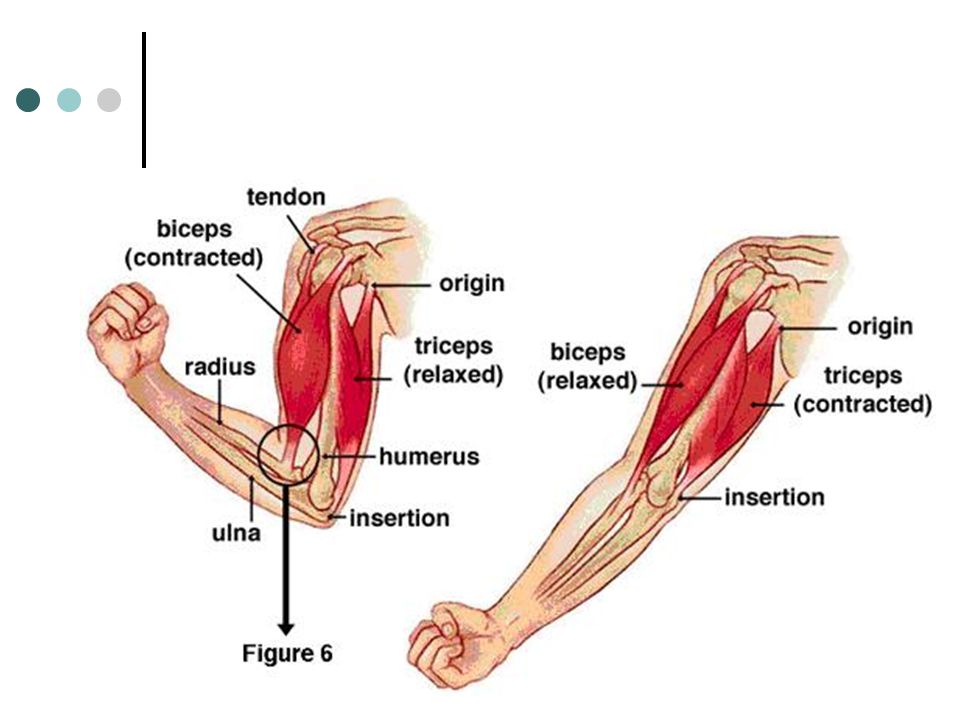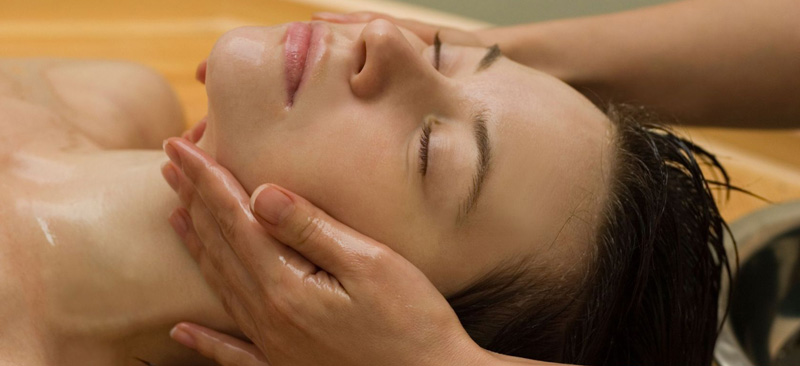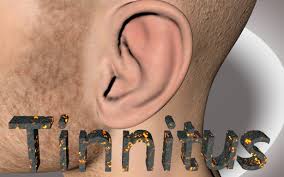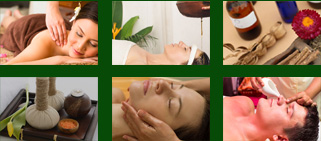In the Ayurvedic texts, rejuvenation has been termed as ‘Rasayana’. The definition of Rasayana in Ayurveda is described as: “That which destroys the old age and disease”. The Rasayana or rejuvenation therapy aims at keeping the enzymes in the tissue cells in their normal functioning condition. These cells are revitalized with this therapy. The tranquility of the mind is promoted and the nerves as well as bones are kept soft and soothing. This prevents the process of ageing and makes the individual free from any disease even during an advanced age.
Rejuvenation Therapy (Rasayana Chikitsa) in Ayurveda, aids in toning up the skin and strengthening body tissues, so- as- to, facilitate longevity. The overall resistance of the body increases as well, due to the optimization of the ‘Ojas’ (primary vitality) and the ‘Sattva’ (mental clarity). The therapy also includes body and face massages using special herbal oils and creams that are tailor made as per the needs of the patient. Other treatment methods include special medicines as per the constitution of the patient along with medicinal steam baths.
* Immunization and Longevity Treatment (Kayakalpa Chikitsa)
This method is used to stifle the ageing process and stop the degeneration of body cells. It is known to help the body’s immune system as well. It is said to be most effective before the age of 50 and includes the Rasayana (special Ayurvedic medicine and diet).
*Body Sudation (Sweda Karma)
Special steam baths help in improving the skin tone and aid in weight loss as well. This is highly recommended for rheumatic diseases and are known to give relief from pain. Herbs are steamed and passed over the human body for up to 20 minutes A special hand massage with herbal oils helps with muscle toning and blood circulation.
*Maintaining Body Weight
To maintain the correct body weight, herbal oils and powders are prescribed. The treatment also includes special herbal juices that help with improving the overall condition of the body.
*Skin Care
Herbal face packs, herbal oil massages and the intake of herbal tea, help with improving the skin and rejuvenating it.
*Mental and Physical Wellbeing (Meditation and Yoga)
These treatments are designed to achieve mental tranquility and improve one’s concentration beyond the physical being. One aims at attaining peace through the 8 steps of training, which are:
1)Disciplined behavior (Yama)
2)Self-Purification (Niyama)
3) Bodily postures (Asana)
4)Control of breathing (Pranayama)
5)Control of the senses (Pratyahara)
6)Fixing of the mind on a chosen object (Dharana)
7)Meditation (Dhyana)
8) State of absolute tranquility and wellbeing (Samadhi)
At Madras Institute of Ayurveda, Chennai, this rejuvenation therapy is performed elaborately. The core of the rejuvenation treatment involves a lifelong change in your lifestyle to restore your body’s health.
So, log on to www.miayurveda.org for any questions you may have.

